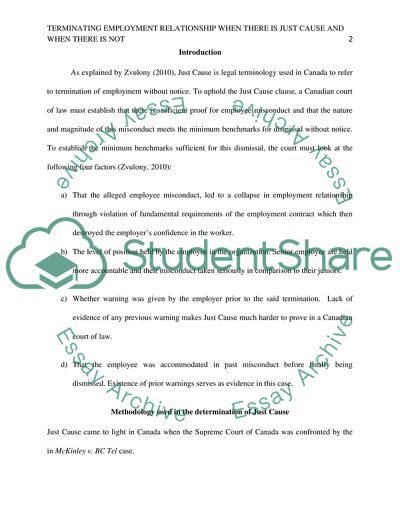Cite this document
(Employment Law Research Paper Example | Topics and Well Written Essays - 2000 words - 2, n.d.)
Employment Law Research Paper Example | Topics and Well Written Essays - 2000 words - 2. https://studentshare.org/law/1861202-employment-law
Employment Law Research Paper Example | Topics and Well Written Essays - 2000 words - 2. https://studentshare.org/law/1861202-employment-law
(Employment Law Research Paper Example | Topics and Well Written Essays - 2000 Words - 2)
Employment Law Research Paper Example | Topics and Well Written Essays - 2000 Words - 2. https://studentshare.org/law/1861202-employment-law.
Employment Law Research Paper Example | Topics and Well Written Essays - 2000 Words - 2. https://studentshare.org/law/1861202-employment-law.
“Employment Law Research Paper Example | Topics and Well Written Essays - 2000 Words - 2”. https://studentshare.org/law/1861202-employment-law.


